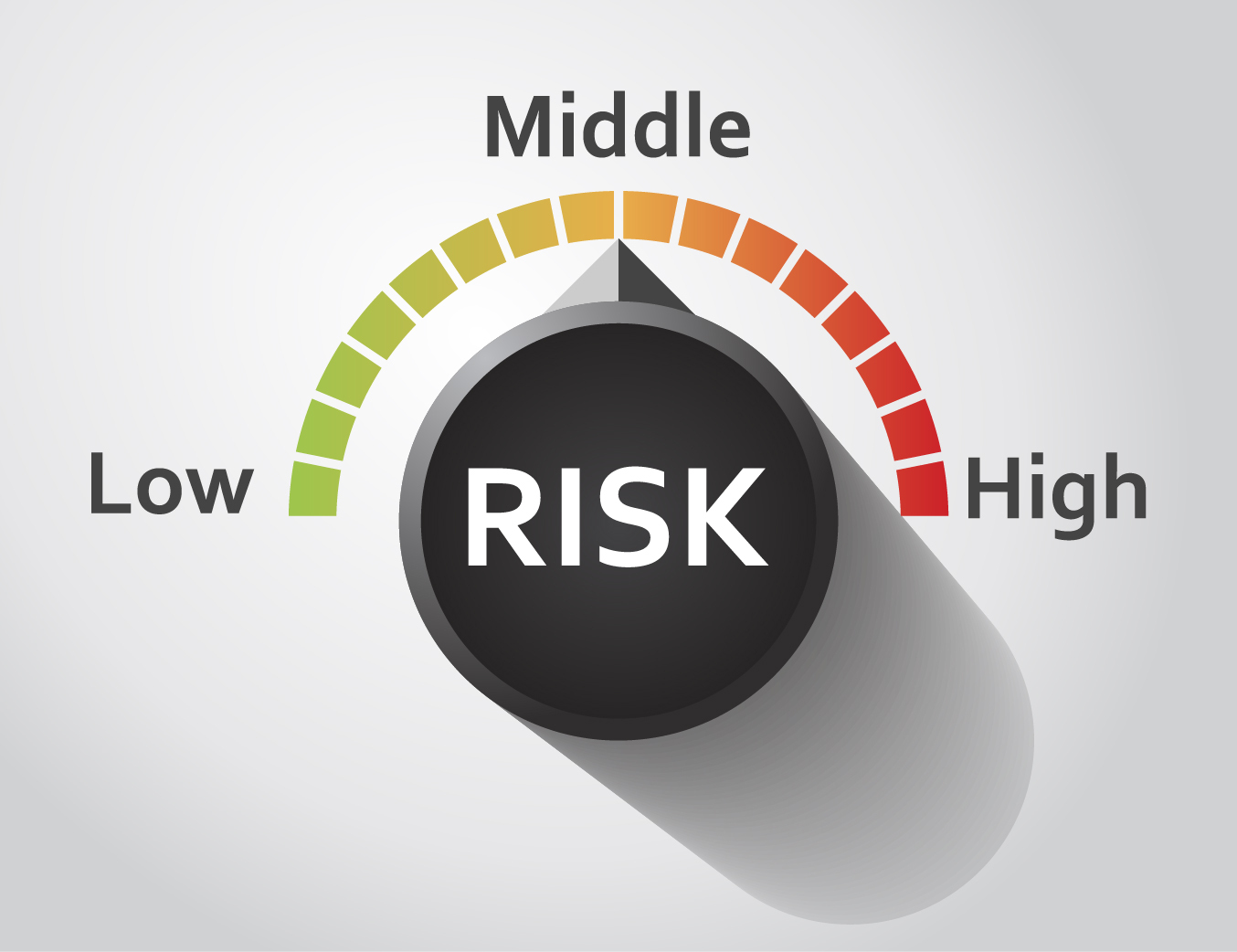MG Patients Are at Greater Risk for Other Autoimmune Diseases, Study Suggests
Written by |

Myasthenia gravis patients have a greater risk of having autoimmune rheumatic diseases, especially those who underwent a thymectomy, according to researchers in Taiwan.
Their study, “Thymectomy in patients with myasthenia gravis increases the risk of autoimmune rheumatic diseases: a nationwide cohort study,” was published in the journal Rheumatology.
Patients with myasthenia gravis (MG), an autoimmune disease, are reported to have a higher incidence of other autoimmune diseases. The co-occurrence of other autoimmune diseases in addition to MG can suggest that a patient has systemic immune impairments that could be associated with a less favorable outcome.
Most of these reports, however, are based on single cases or clinical studies, highlighting the need to further investigate this association.
Researchers at Taipei Medical University in Taiwan set out to estimate the frequency of autoimmune rheumatic diseases (ARDs) in a large group of residents using medical data from Taiwan’s Registry of Catastrophic Illness.
ARDs refer to autoimmune diseases that mainly, but not exclusively, affect the joints and muscles. These can include rheumatoid arthritis (RA), systemic lupus erythematosus (SLE), Sjogren’s syndrome, progressive systemic sclerosis (pSSc), diabetes, and many other conditions.
Researchers studied 6,478 patients with myasthenia gravis and 25,912 age- and sex-matched controls.
Results indicated that the risk of total ARDs was 6.25 times higher in patients with MG compared to patients in the non-MG group after adjusting for age and sex. “Therefore, we postulate that MG increases the risk of ARDs,” the researchers wrote.
When looking at specific diseases, patients in the MG group were found to have a 15.84 times greater risk of pSSc, an 11.32 times higher risk of SLE, and a 4.07 times greater risk of other ARD types.
Researchers also investigated the role of plasmapheresis (a process that filters the blood and removes harmful antibodies) and thymectomy (removal of the thymus) in the occurrence of ARDs in patients with MG.
While plasmapheresis did not have any effect on risk of ARDs in patients with myasthenia gravis, patients with MG who underwent a thymectomy had a 23.68-fold higher risk of SLE, a 15.06 times greater risk of pSSc, and a 4.41-fold higher risk of RA.
Results from this study highlight an association between myasthenia gravis and incident ARDs, particularly pSSc and SLE. Moreover, patients with myasthenia gravis who underwent a thymectomy had an increased risk of RA, pSSc, and SLE.
“Future studies are needed to elucidate the underlying [disease development] and to translate this into clinical therapeutic options,” the researchers wrote.






Deb
I don't really know what to say, but I have MG that is in remission. I had a thymectomy over 20 years ago, now I am experiences SJogren's syndrome. Your article caught my attention.